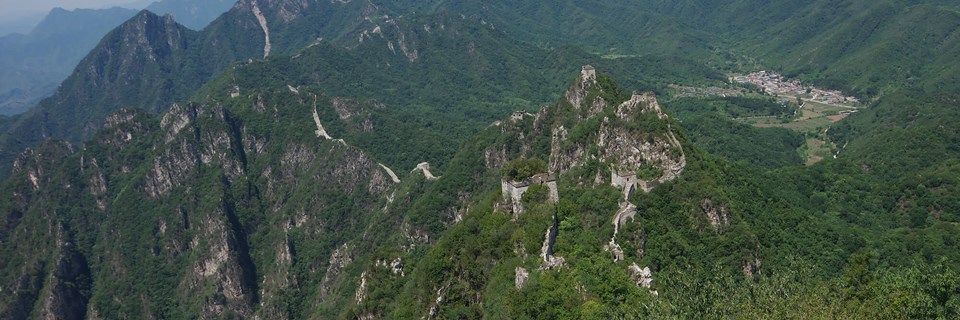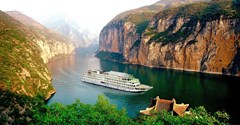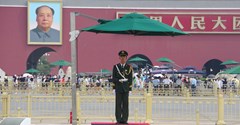Where is the Great Wall? When was it built and can it really be seen from space? Find out all you need to know about this world wonder.
Where is the Great Wall and how long is it?
The Great Wall stretches its way across the mountains, plains and deserts of the northern provinces, tracing what was once the nominal border of China for over 13,000 miles. Its journey starts at the Shanhai Pass on the Bahai Sea, nearly 200 miles east of Beijing and ends at the spectacular Jiayu Pass in Gansu Province. As you will see further on, the best places to visit the Great Wall are those within a two or three hour drive north of the capital.
Sign up for our 'China in a Week' service - seven easily digestible emails to help plan your trip through the People's Republic
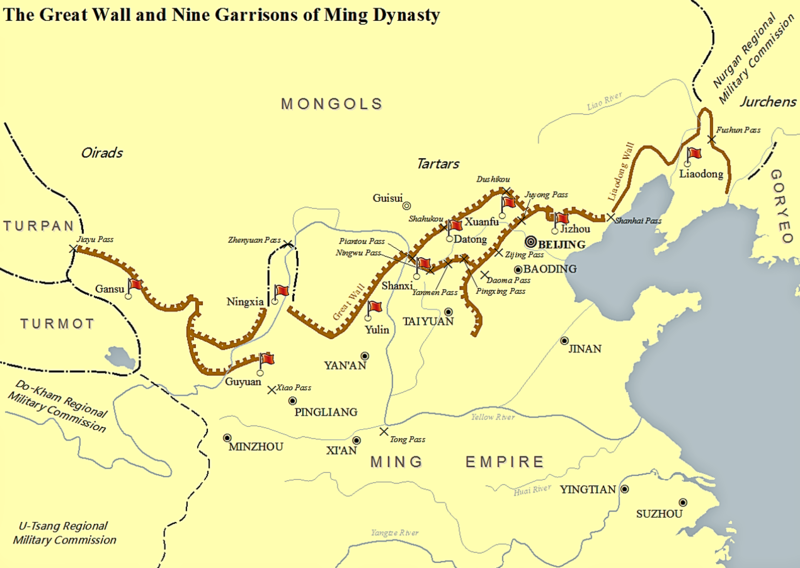
Who built the first Great Wall and why?
The first vestiges of a 'Great Wall' appeared way back around 200BC, when Qin Shi Huang unified several existing walls built by the other 'warring states' of the turbulent period. In total it reached around 3,000 miles, but bore little resemblance to the structure as we now know it. The Emperor is known as the first to rule over a unified China and it is his tomb which the 8,000 strong Terracotta Army guards near the former capital Xi'an.
Read More: The fascinating story behind the Terracotta Army

Qin Shi Huan, China's first Emperor
The Wall separated China from Mongolia, intending to keep out nomadic Mongol warlords. Some 400,000 people were thought to have died during its construction, many of which may have even been buried in the Wall itself.
Who built the 'Modern' Great Wall?
Much of what stands today and which remains an enduring symbol of Chinese power, ingenuity and distrust of outsiders was built during the Ming period (1368-1644), China's penultimate dynasty. The structure was greatly widened and enlarged and the trademark watchtowers (some 25,000 in total) were erected with the very same intention of protecting the Middle Kingdom from the roaming Mongol tribes of the north.
Despite the best efforts of successive Ming rulers, the Great Wall did not actually serve its purpose; the Manchus invaded in the 16th century, some 300 years on from the Mongolian invasion.
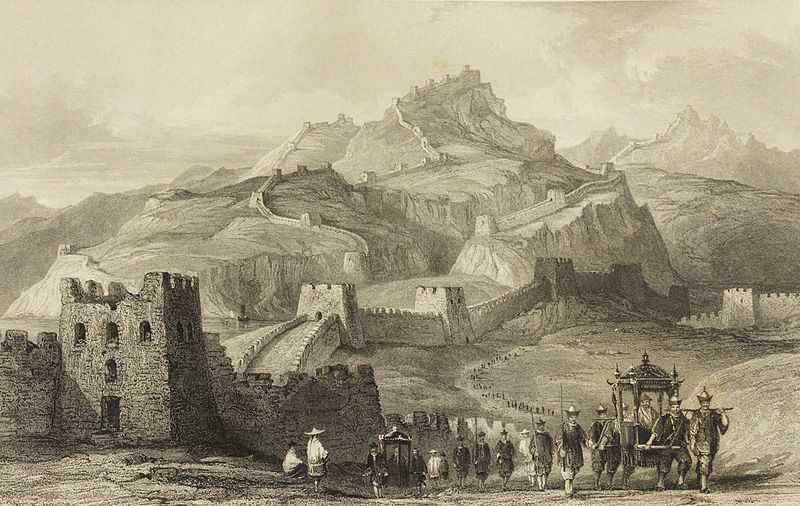
Can the Great Wall be seen from space?
It is an oft-repeated and rather quaint idea, but unfortunately an erroneous one. The Great Wall cannot be seen from space, at least not with the naked eye, a notion that was even dispelled by a Chinese astronaut. Wrong as it might be, the claim that it is the only man-made structure visible from space at least serves to illustrate the scale and immensity of this true wonder of engineering, snaking its way improbably over extraordinarily difficult terrain and vertiginous hillsides.
Where can I visit the Great Wall?
As previously mentioned, the best places to visit the Great Wall are the various sections which can be reached on a day trip from Beijing. These vary from unrestored and often overgrown sections, where the true raw beauty and timeless atmosphere are best experienced, to fully restored areas where you can survey the wall in its original glory. The latter have been restored for tourism purposes, so some get very busy and at peak times are overrun with visitors and vendors.
Our preferred solution is to begin at a rather remote and completely wild section and hike along the wall, usually in complete isolation (except for your guide of course). You will end at the impressive Mutianyu part, famed for its densely clustered watchtowers and from where you can easily descend by panoramic cable car (or the toboggan slide if you are feeling adventurous).
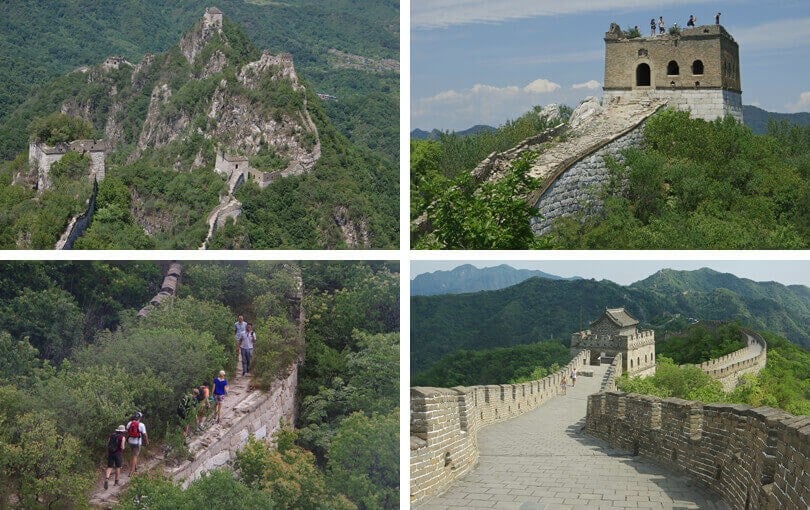
When is the best time to visit?
Spring: April and May tend to be bright, sunny and clear, with temperatures often in the high teens or low twenties. The surrounding mountains turn green and flowers begin to bloom in the wild sections, making the scenery increasingly picturesque. Late March and early April also brings the spectacular cherry blossom to parts of Beijing. The city and parts of the wall swell with domestic visitors during the Labour Day holiday in early May.
Summer: Temperatures rise sharply into the summer months, particularly in Beijing. The higher mountains can offer some respite, but the midday sun is harsh, with little protection when hiking and a peak in rainfall in July and August. The scenery is particularly verdant at this time of the year, with blue skies providing a suitable backdrop to your walk.
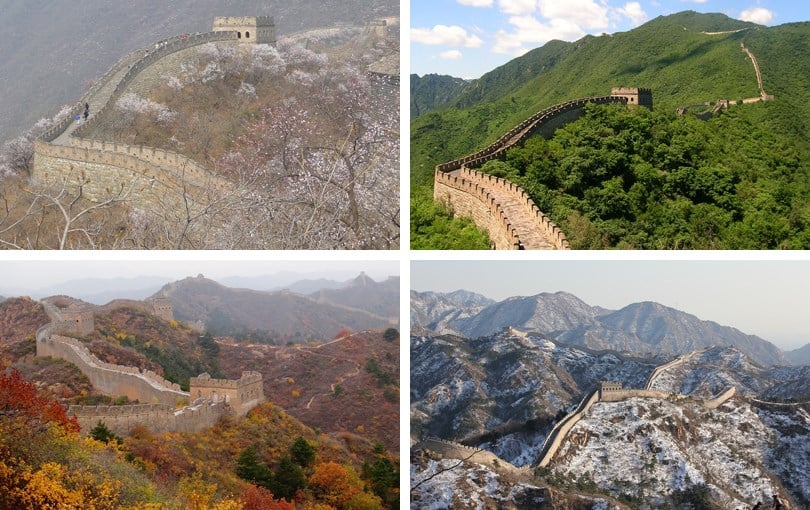
Autumn: The autumnal months bring slightly cooler temperatures again, with generally high visibility and comfortable conditions. As the season advances, the surrounding leaves begin to turn various hues of reds and golds, creating some arresting vistas. The first weekend of October brings National Day holiday and another spike in domestic travel.
Winter: Days can often be freezing cold and rather gloomy, with walking conditions trickier. There are some key advantages to visiting in the low season, particularly the possibility of seeing the wall coated in a blanket of snow. As long as you avoid the Chinese New Year holiday in late January and early February, the usually busier parts of the wall are much quieter and so more atmospheric.
What can I combine with the Great Wall?
The Great Wall is typically visited on an unforgettable day trip from the capital Beijing, the cultural, political and historical heart of China. This is where you can explore magnificent medieval palace complexes from the Imperial era, delve into the atmospheric hutong alleyways of yesteryear and watch locals gather to exercise, sing and fly kites in the park surrounding the Temple of Heaven.
A relatively short bullet train ride from Beijing is the former capital Xi'an, once the starting point of the legendary Silk Road. Vestiges of this past remain in the thriving Muslim Quarter and the impressive city walls, but most visitors come here to visit the nearby Terracotta Army of course.
The pandas and lively tea houses of Chengdu and the 71 metre high Leshan Giant Buddha are another short train ride away. From here you might choose to enjoy a relaxing three night Yangtze Cruise before heading to Shanghai to discover its grand European heritage and famous skyscrapers. Alternatively you could head to Guilin and marvel at beautiful rice terraces and the karst landscapes which inspired Chinese classic painters, finishing in exotic Hong Kong.
See our itineraries below for some inspiration!
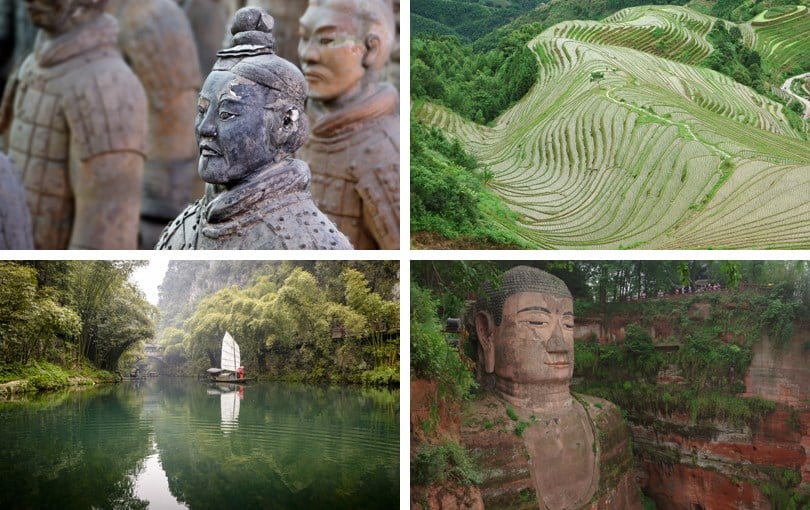 Terracotta Army near Xi'an, Longji Rice Terraces, Leshan Giant Buddha & Yangtze River Cruise
Terracotta Army near Xi'an, Longji Rice Terraces, Leshan Giant Buddha & Yangtze River Cruise
Sources: ancient.eu, history.com, britannica.com, nasa.gov
Choose your perfect holiday
Find inspiration from our selection of itinerary suggestions, a great starting point for your next trip
View More Tours
Stay in touch
Infuse your travels, with inspiration from our monthly newsletter.
READY - 20 April 2024
LANDMARK TOURS: Multi-Country & Cross Continent. New Cosmopolitan Tour: Buenos Aires, Iguazu, Rio
CHINA & INDIA: Local Life, People & Unique Cultures
GUIDES by Veloso Tours, are the best Local Hosts
PRIVATE VILLAS: Quality Time in exclusive settings
TRAVEL INSURANCE with extensive COVID-19 cover
